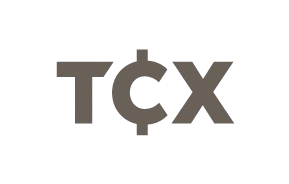Peru’s Congress backed President Boluarte’s new Cabinet, with Gustavo Adrianzen appointed as PM amid her low approval rating and an upcoming impeachment debate related to an illicit enrichment investigation. This move highlights political instability and Boluarte’s significant unpopularity, with only a 9% approval rating in March.
